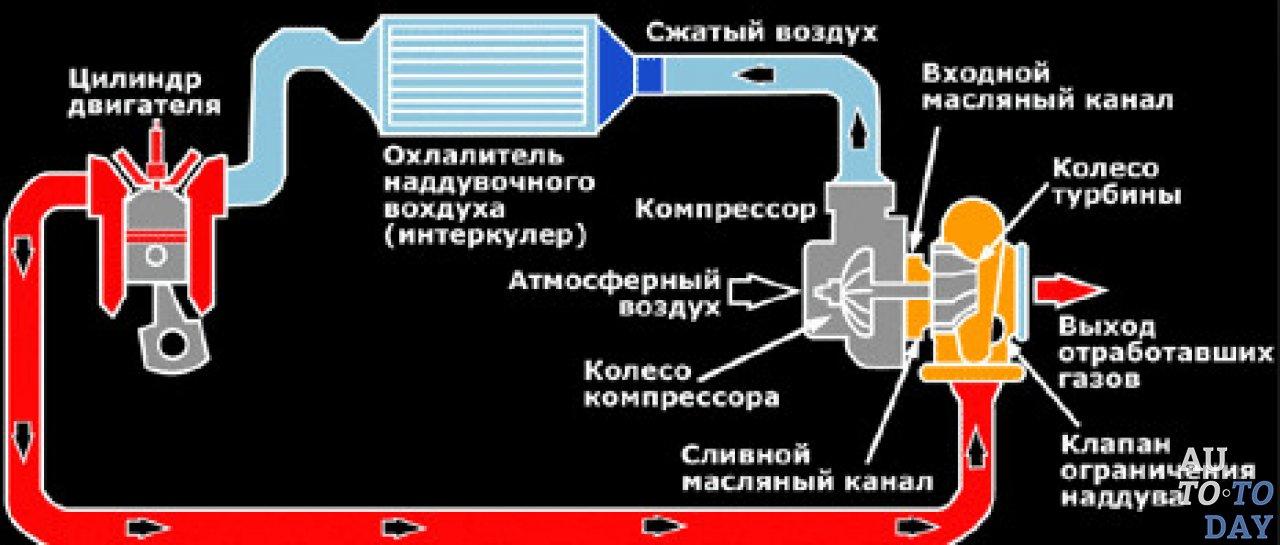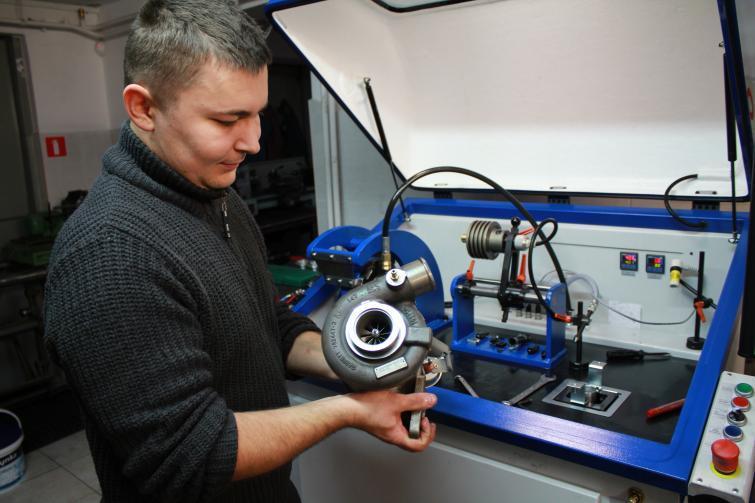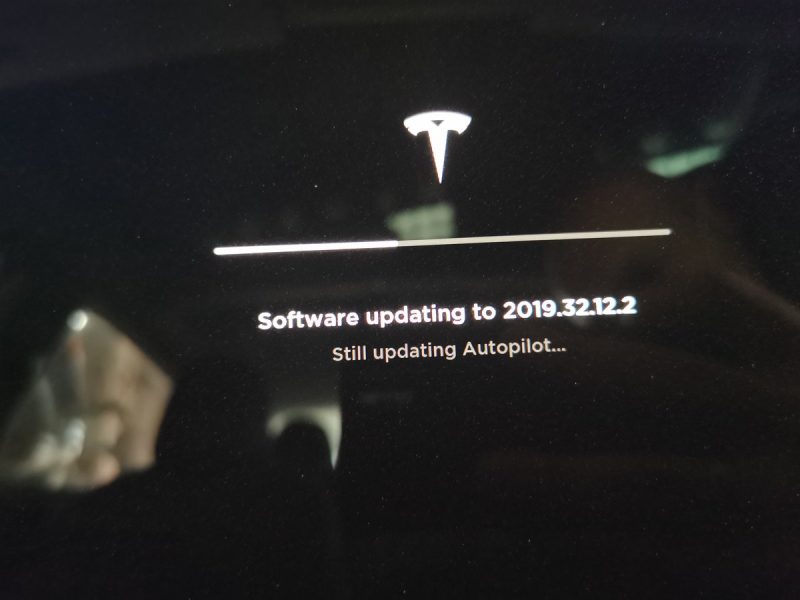
How to drive a turbocharged car?
 The popularity of cars equipped with turbocharged engines is not decreasing, and in the case of diesels it is simply huge. We advise what to look for when driving a diesel or gasoline turbo car to avoid spending.
The popularity of cars equipped with turbocharged engines is not decreasing, and in the case of diesels it is simply huge. We advise what to look for when driving a diesel or gasoline turbo car to avoid spending.
Many owners of cars with turbochargers have found that the extra performance gains can be costly: these devices sometimes fail and the car owner faces a hefty cost. Thus, you must take care of the turbocharger. Is there a way to prevent turbocharger damage? Yes, sure! However, you must first understand what it is and how it works. Well, it's a device that forces air into the engine's intake manifold so that more fuel can be burned in the cylinders. The result is more torque and more power than if the engine were naturally aspirated.
But this "air pump" is not mechanically connected to the engine's crankshaft. The turbocharger rotor is driven by the exhaust gases of this engine. On the axis of the first rotor is the second, which sucks in atmospheric air and directs it to the intake manifold. So, a turbocharger is a very simple device!
The editors recommend:
Emissions fee in fuel price. Drivers are outraged
Driving in a circle. Important offer for drivers
Presenters of the Geneva Motor Show
Lubrication problems
The trouble with a turbocharger is that these rotors sometimes spin at high speeds, and their axle needs a perfect bearing, and therefore lubrication. Meanwhile, everything happens at high temperatures. We will give the turbocharger a full life if it is well lubricated, but this condition is not met.
See also: Testing the Volkswagen city model
The turbocharger is most often damaged when it is "accelerated" by fast driving, and then abruptly shut off the engine. The crankshaft does not rotate, the oil pump does not rotate, the turbocharger rotor does not rotate. Then the bearings and seals are destroyed.
It also happens that the oil remaining in the bearings of a hot turbocharger seizes and clogs the channels through which it flows out of the pump. The bearing mount, and therefore the entire turbocharger, is damaged when the engine is restarted. How to fix it?
Simple guidelines
First, a turbocharged engine cannot be abruptly turned off, especially after a fast ride. Wait while stopping. Usually a dozen seconds is enough to decelerate a spinning rotor, but when it is a sports car with a gasoline engine, it is better if it was a minute or more - to cool the device.
Second, oil change and engine oil type. It should be of the best quality, usually the manufacturers of such engines prefer synthetic oils. And do not delay changing it - contaminated oil “sticks” more easily, so it should be replaced (along with the filter) at least according to the car manufacturer's instructions.
